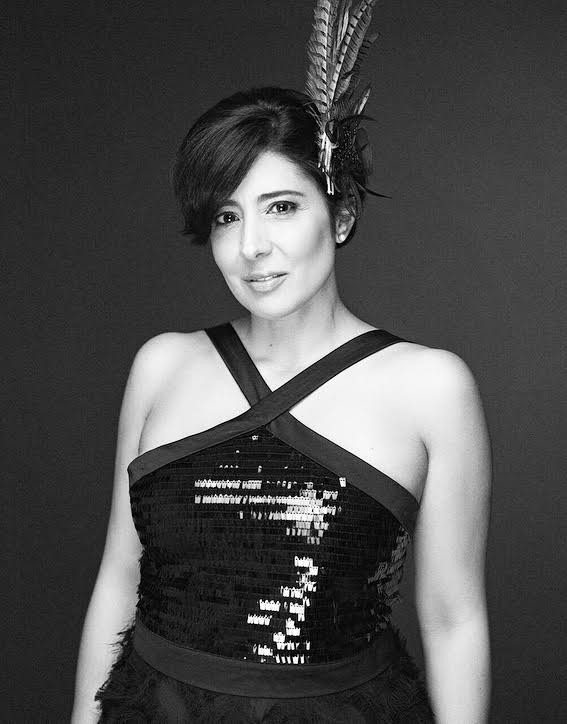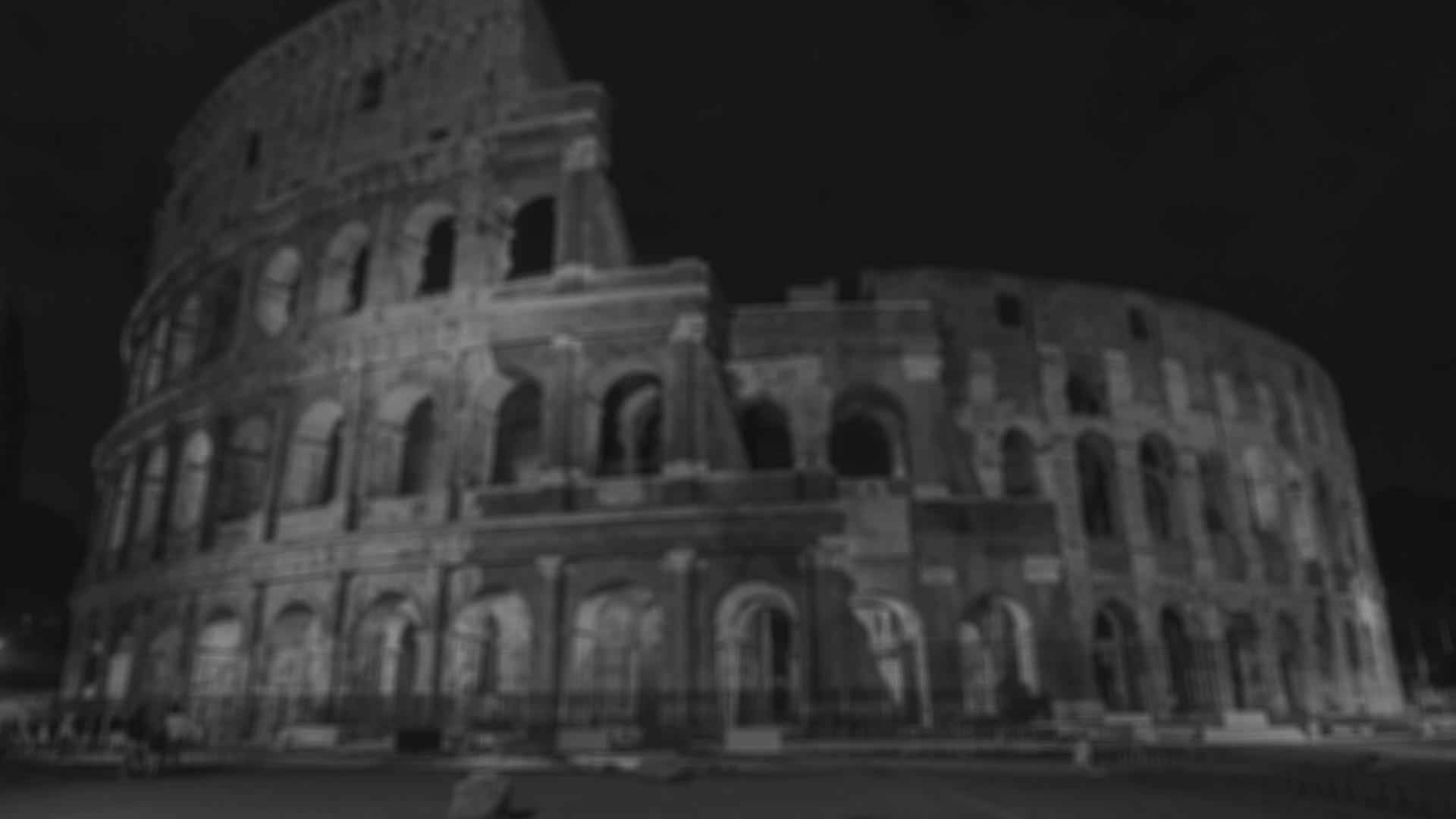
18 Set An interview with ANDREA MALLONI, protagonist and producer of “Life Is a Carnival (The Search for Happiness in Havana)”
Posted at 11:04h
in Interviews
“Cinema is the unsung testimony of individuals brought to life and shared with the universal human heart. The journey of others, helps to fulfill the search within ourselves. Our testimony is our shared human legacy”
BIO
Andrea Malloni was born and raised outside of Hamilton Ontario Canada. She is an Honors Graduate of Carleton University in Canada’s capital city of Ottawa where she studied Journalism and English Literature. Her writing has been featured in major publications throughout Canada including The National Post and The Globe and Mail. Andrea has traveled to more than 25 countries around the world and currently resides in Toronto Ontario with her son Maxwell. “La Vida Es Un Carnaval” is her first film.

From the first images, we are enveloped by the exotic and seductive suggestions of the Cuban land. Also thanks to this strong ability to communicate an atmosphere, it is possible to empathize with the protagonist of this story. To tell a place with this depth, it is natural to think that there is a strong intimate connection between you and Cuba. Can we consider this film a love letter to this country? Tell us about your connection with this corner of the world.
As culture, Cuba is beautiful in its complexity. The island is layered with a unique fusion of diverse influences that shaped its music, poetry and social aspects. This layering resonated deeply with me. There is also a warmth and generosity found in its people and a resilience that I admired. Prior to filming I had visited Havana twice and was enraptured with the experience of a city that has stopped in time while also being of no particular time. This gives it a truly other-world quality. The architecture and vintage cars and music floating out of every doorway felt like escape and innocence. I was completely enraptured with its authenticity and felt a need to share that with the world in this film.

From a technical and cinematic point of view, tell us about how you developed this film. What approach did you use? Did you start from a script, with a clear idea, or did the film build itself naturally and you composed it in editing?
I began with a concept board in my bedroom full of Cuban photos, words, icons, poetry, proverbs, quotes, and images all taped to a full size mirror. This became the anchor for key themes. It was the first thing I would see in the morning. and would reinforce the script writing and production plan. When I realized that the story would be a joy-ride through the city of my search for happiness, the structure took shape. I decided on 17 “vignettes” that the audience would experience with me on the journey. Script writing for these vignettes began and I recorded voice over for them before we had a single frame shot. White writing I began to select music that inspired and suited and would listen to the selected tracks while writing. Filming was completed in less than a week in Havana on a very tight and demanding schedule. Editing required decisions about visual and thematic flow and how the mood of each vignette would thread to the next. Juxtaposition is a key underlying theme in the movie. Beauty in ruin and peace within chaos. Feminie within masculine. Rebirth within collapse. These concepts helped keep creative vision intact.Your film is a door to a faraway place: through the images and the story it seems to really approach Havana. Behind the beauty there is also a message of hope. Do you believe in the existence of the so-called places of the soul, capable of healing and transforming us?
I began with a concept board in my bedroom full of Cuban photos, words, icons, poetry, proverbs, quotes, and images all taped to a full size mirror. This became the anchor for key themes. It was the first thing I would see in the morning. and would reinforce the script writing and production plan. When I realized that the story would be a joy-ride through the city of my search for happiness, the structure took shape. I decided on 17 “vignettes” that the audience would experience with me on the journey. Script writing for these vignettes began and I recorded voice over for them before we had a single frame shot. White writing I began to select music that inspired and suited and would listen to the selected tracks while writing. Filming was completed in less than a week in Havana on a very tight and demanding schedule. Editing required decisions about visual and thematic flow and how the mood of each vignette would thread to the next. Juxtaposition is a key underlying theme in the movie. Beauty in ruin and peace within chaos. Feminie within masculine. Rebirth within collapse. These concepts helped keep creative vision intact.Your film is a door to a faraway place: through the images and the story it seems to really approach Havana. Behind the beauty there is also a message of hope. Do you believe in the existence of the so-called places of the soul, capable of healing and transforming us?
Our inner landscape as humans in the modern world is increasingly complex. To understand that inner landscape we often search externally with the hope that a new experience or culture or relationship will help us to make sense of ourselves and the world around us. This can take many different forms for people as they attempt to wrestle with their identity and the meaning of their life. Although Havana was the backdrop of the movie, and the culture and people created conditions for my own healing, I think the larger message and lesson is that the act of SEARCHING is what brings enlightenment and fulfillment. The spanish word for this is “buscando” (searching) but the latin root of the word comes from the phrase “to ask for”. I believe that when we search, we are asking for enlightenment and understanding. I believe that ask is where our inner world, our soul, is most deeply satisfied. It is our mission and purpose to search in order to transform and heal.

Over the course of a lifetime, a man finds several places he can call “home”. What value does this word have for you? And in the salvific and regenerating sense of the journey, where does “solitude” fit?
The concept of home had always eluded me no matter how far or wide I travelled in the world. I realized during the making of this film that “home” is an innate feeling rather than a place. Home is a deep sense of comfort, peace, completeness, freedom and love. Security and serenity are a large part of that for me. Home is without judgement or fear. Home is a state of mind and a quiet assurance of universal values that are immovable and enduring. Solitude can help us achieve that sense or state but community and culture can also allow us to feel it. I believe we are “home” when we are able to fully identify with our true selves and our connection to the world. We ultimately come “home” to ourselves.
What are your future plans for your career as a director?
I’ve already begun pre-production on my next documentary titled “OLEA – The Sun’s Daughter” and hope to film in Italy summer of 2021.
This next film will be the elegant sister to La Vida with themes of longevity, mythology, sacredness and tradition. Writing is already underway.


